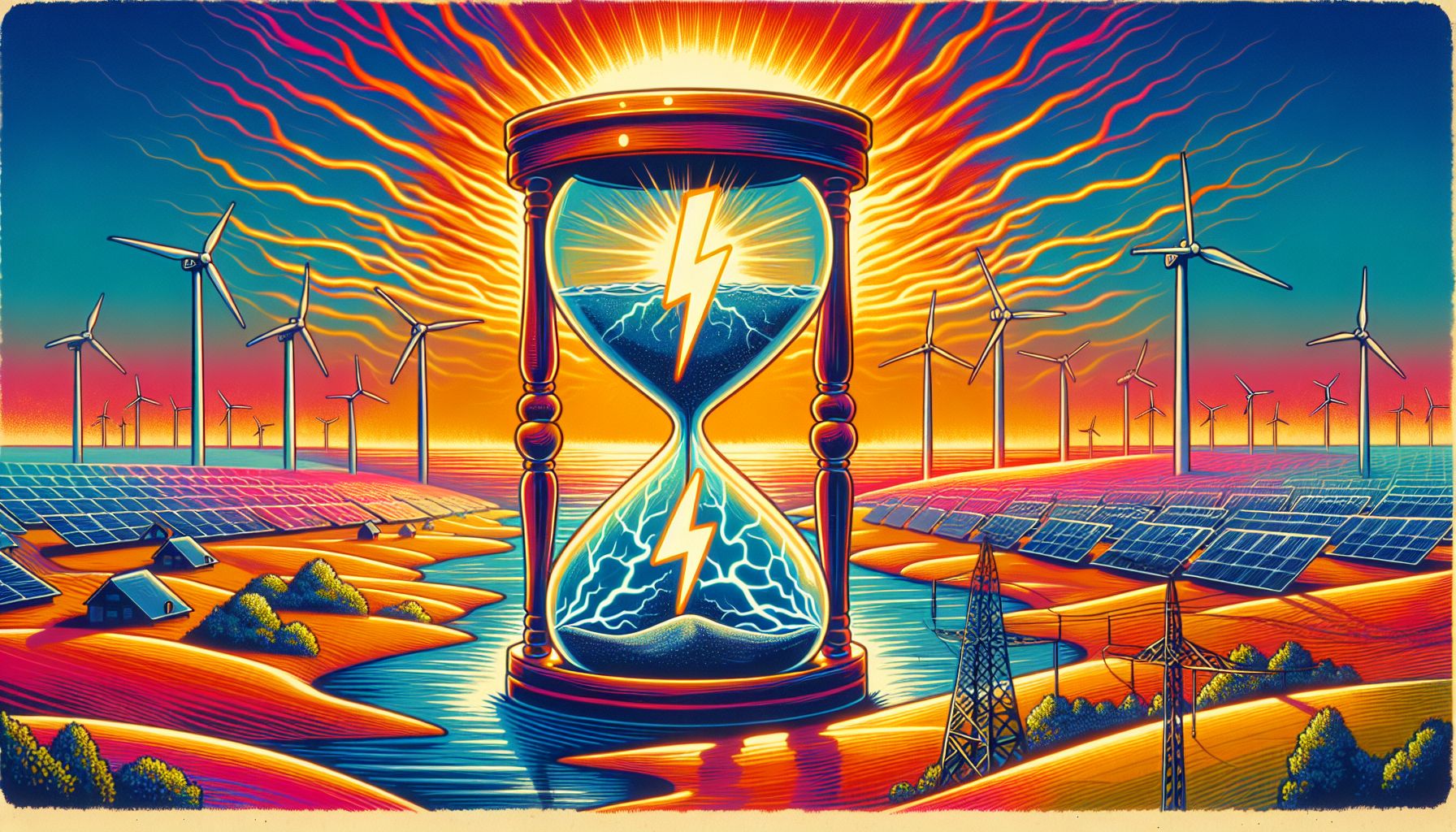Record Surge in Negative Electricity Prices Reshapes Dutch Energy Market

Amsterdam, Wednesday, 14 August 2024.
The Netherlands has experienced an unprecedented number of hours with negative electricity prices in 2024, surpassing previous records. This phenomenon, driven by increased renewable energy production, signals a significant shift in the energy market dynamics and challenges traditional pricing models.
Overview of Negative Electricity Pricing
In 2024, the Netherlands recorded over 500 hours of negative electricity prices, surpassing the 316 hours recorded in 2023[1]. This trend is primarily due to the increased production of renewable energy sources, especially solar and wind power. On days with high wind speeds or intense sunlight, the energy production exceeds demand, causing prices to drop below zero as the grid struggles to balance supply and demand.
Market Dynamics
Negative electricity prices occur when there is more electricity being produced than consumed, combined with limited storage capacity and the slow shutdown process of power plants. This situation forces producers to pay consumers to take excess electricity off their hands. However, in the Netherlands, only about 312,000 households benefit directly from these negative prices due to their dynamic energy contracts[1]. These contracts allow consumers to take advantage of real-time pricing, including negative rates.
Impact on Consumers
While negative electricity prices might imply that consumers would get paid for using electricity, this is not always the case. The benefits are limited to those with dynamic contracts, and the net price, which includes taxes and other charges, has only been negative for a few hours this year[1]. Thus, the impact on the average consumer is minimal, although those with dynamic tariffs can see substantial savings during these periods.
Comparative Trends in Other Regions
This phenomenon is not unique to the Netherlands. For instance, in West Texas, natural gas prices have also turned negative due to oversupply and inadequate pipeline infrastructure. In 2024, natural gas prices fell below zero on 57 days through July, highlighting similar market dynamics as those seen in the electricity market[2]. Similarly, the Nordic region is experiencing negative electricity prices due to intense wind conditions, making electricity almost free for some consumers during certain periods[3].
Future Implications and Innovations
The rise in negative electricity prices underscores the need for improved energy storage solutions and more flexible grid management. Innovations in battery storage and smart grid technologies are crucial to mitigate the issues arising from excess renewable energy production. Companies like Tado in Germany are leading the way by offering dynamic tariffs and smart control tools, helping consumers optimize their energy usage and reduce costs[4]. These innovations not only benefit consumers but also support the efficient use of renewable energy, preventing wastage and reducing reliance on fossil fuels.

